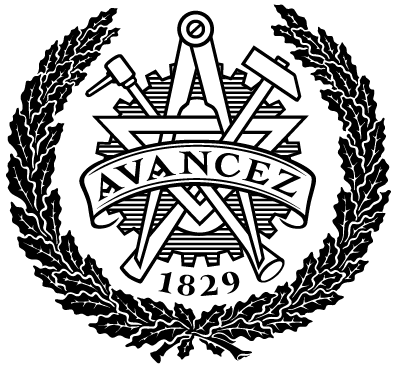Offshore Wind Turbine Installation Vessels - A Comparative Study between the Flex Offshore Barge and the Pacific Orca
| dc.contributor.author | Thalén, Jonathan | |
| dc.contributor.author | Johansson, Adam | |
| dc.contributor.department | Chalmers tekniska högskola / Institutionen för sjöfart och marin teknik | sv |
| dc.contributor.department | Chalmers University of Technology / Department of Shipping and Marine Technology | en |
| dc.date.accessioned | 2019-07-03T13:13:48Z | |
| dc.date.available | 2019-07-03T13:13:48Z | |
| dc.date.issued | 2013 | |
| dc.description.abstract | Although wind power's history dates back to the mid-1900s, one of the major breakthroughs came in the 1990s, when the industry began to move the turbines offshore. Even though installation costs are higher offshore, many energy companies began to realise the implications of the good wind conditions and expansion opportunities that the sea offers. In Europe alone, there were a total of 1662 wind turbines installed and connected by the end of 2011 and the outlook is good for further development with 14 ongoing wind farm projects at the start of 2013. With the expansion rate increasing, the pressure increases on energy companies to develop better and faster solutions for the offshore installation. The purpose of this report is to examine a new type of installation vessel, currently under development, the Flex offshore Barge (FOB).The FOB will use a new method to install the turbines, where the turbine is assembled on land and then transported out to the wind turbine field and lowered into the water. This represents a major difference from the so-called jack-up vessels used today, which transport the turbine in parts and then install the turbine on site. Because of the large difference, the FOB will be compared to one of the largest jack-up vessels on the market, the Pacific Orca, on a time and cost basis. The information for this report was collected through interviews with the developers of the FOB and other persons who are active in the wind power industry. The goal has been to acquire key figures in the context of time and money that constitutes the basis for the comparison between the ships. Key figures that could not be collected through interviews have instead been retrieved from scientific reports or assumed by the authors. In summary, the FOB is a faster alternative to the jack-up vessels, but there remains a lot of work and there are many obstacles that must be overcome for the system to work out the right way. Many of the ships' systems must be tested in real life before it is possible to determine how well the concept will be able to compete on the market. | |
| dc.identifier.uri | https://hdl.handle.net/20.500.12380/179959 | |
| dc.language.iso | eng | |
| dc.setspec.uppsok | Technology | |
| dc.subject | Energi | |
| dc.subject | Miljöteknik | |
| dc.subject | Hållbar utveckling | |
| dc.subject | Marin teknik | |
| dc.subject | Building Futures | |
| dc.subject | Energy | |
| dc.subject | Environmental engineering | |
| dc.subject | Sustainable Development | |
| dc.subject | Marine Engineering | |
| dc.subject | Building Futures | |
| dc.title | Offshore Wind Turbine Installation Vessels - A Comparative Study between the Flex Offshore Barge and the Pacific Orca | |
| dc.type.degree | Examensarbete för kandidatexamen | sv |
| dc.type.degree | Bachelor Thesis | en |
| dc.type.uppsok | M2 | |
| local.programme | Sjöfart och logistik (180 hp) |
